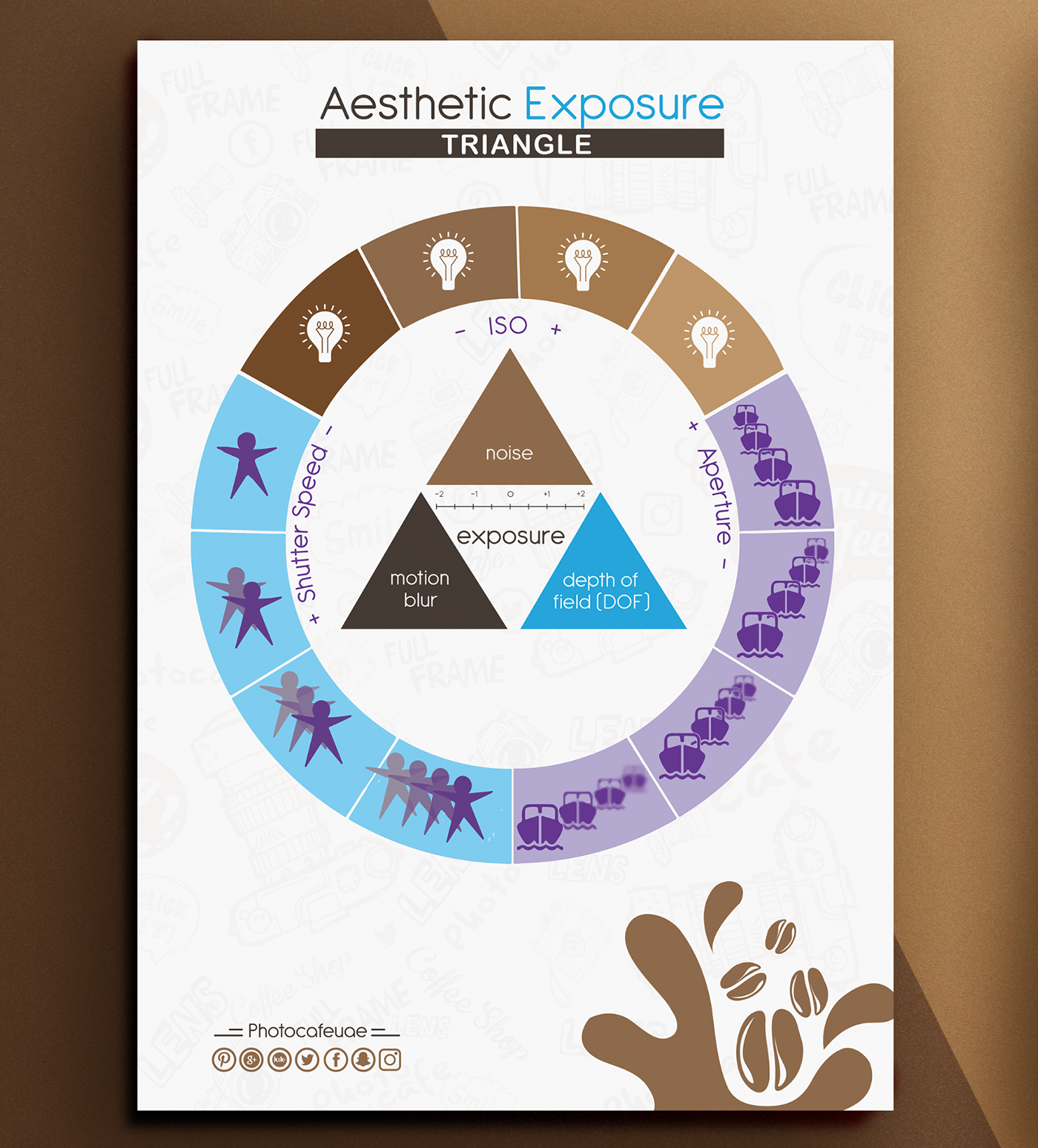What Every Photographer Should Find Out About Illumination
What Every Photographer Should Find Out About Illumination
Blog Article
Write-Up Created By-Futtrup Godwin
As a digital photographer, you understand that lights can make or damage your images. Understanding the subtleties of both all-natural and fabricated light is essential for capturing the mood and clarity you aim for in your job. Whether you're chasing after the perfect golden hour radiance or tweak your fabricated configurations, mastering these elements can boost your digital photography substantially. Yet there are common risks that lots of ignore, and identifying them can transform your strategy to every shoot. Let's discover what you may be missing out on and just how it can affect your results.
Recognizing Natural Light
Understanding all-natural light is critical for any type of photographer aiming to boost their work. It's the structure of fantastic digital photography, affecting mood, tone, and clearness. When you fire outdoors, take note of the time of day. The gold hour-- shortly after sunup and prior to sundown-- provides soft, cozy light that can transform normal scenes into spectacular photos.
Don't take too lightly the power of cloudy days. Cloud cover diffuses sunshine, producing a soft, also light that's perfect for pictures and macro photography. You'll find colors pop in this sort of lighting without extreme shadows.
Positioning matters, too. Constantly consider your subject's positioning to the light source. If the sunlight's behind your subject, you might end up with a shape, which can be remarkable however mightn't be what you desire. On the other hand, straight sunlight can develop uncomplimentary shadows.
Experiment with angles; sometimes, transforming your point of view can generate incredible results. Usage all-natural reflectors, like water or sand, to bounce light onto your topic, including dimension.
Mastering Artificial Light
Understanding synthetic light is necessary for digital photographers who intend to take their skills to the following degree. Whether you're making use of speedlights, studio strobes, or constant lights, comprehending exactly how to control these resources can substantially improve your photos.
Begin by acquainting on your own with the basics of light high quality, direction, and color temperature level. Trying out various modifiers like softboxes, umbrellas, or grids to manage the softness or violence of the light.
You'll locate that soft light frequently creates lovely outcomes, while harsher light can add drama and depth. Don't shy away from shadows; they can boost the three-dimensionality of your subjects.
Pay very close attention to the positioning of your lights. A light positioned also near your subject can develop uncomplimentary outcomes, while as well away can lead to a lack of detail. Use a light meter or your electronic camera's pie chart to guarantee you're revealing appropriately.
Finally, bear in https://zenwriting.net/clifford09hilda/just-how-to-choose-the-right-electronic-camera-for-your-digital-photography that artificial light can be combined with ambient light for innovative impacts. Balancing these resources could take method, once you master it, your photography will really shine.
Techniques for Different Situations
When you enter different capturing circumstances, adapting your lights methods is essential for catching the most effective photos. For exterior portraits, make use of the gold hour-- early morning or late afternoon light-- to soften shadows and improve complexion.
If it's a rough noontime sun, consider making use of a reflector to jump light back onto your subject or look for shaded locations for a more also direct exposure.
In low-light circumstances, like indoor occasions, increase your ISO and use a wide aperture to let in even more light. A tripod can aid get rid of electronic camera shake, allowing for longer direct exposures without obscuring.
If you're shooting at evening, experiment with off-camera flash to create vibrant illumination and depth in your photos.
For item photography, utilize diffused lights to stay clear of harsh representations. https://www.theverge.com/2020/4/8/21213184/tim-dunk-facetime-photoshoots-wedding-photography-lockdown or light camping tents can help accomplish this impact.
When photographing landscapes, consider the instructions of light and time of day, as it can substantially transform the mood of your shot.
Always prepare to adjust your setups and positioning based on the situation, as flexibility is vital to mastering illumination in digital photography.
Final thought
To conclude, grasping lights is vital to boosting your digital photography skills. Accept all-natural light's appeal throughout gold hour, and do not shy away from explore artificial light techniques. By adapting your technique to various scenarios, you'll catch magnificent pictures that resonate with emotion and clarity. Remember, Related Web Page can change a common shot into something amazing, so keep exercising and refining your understanding of both all-natural and artificial light. Satisfied capturing!
